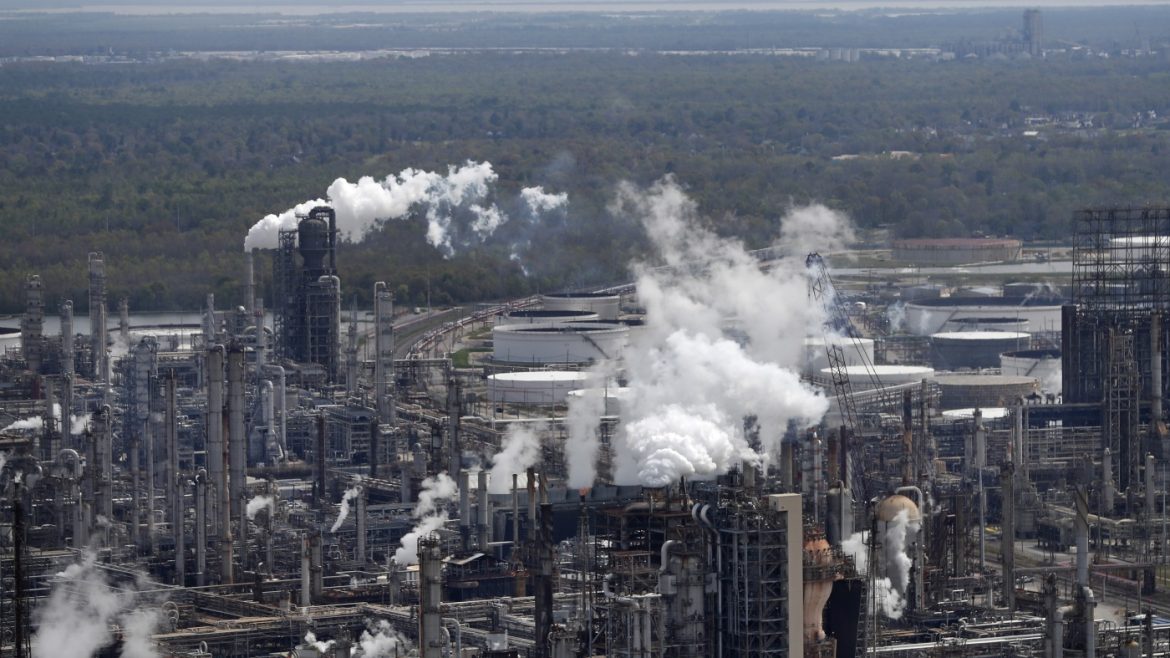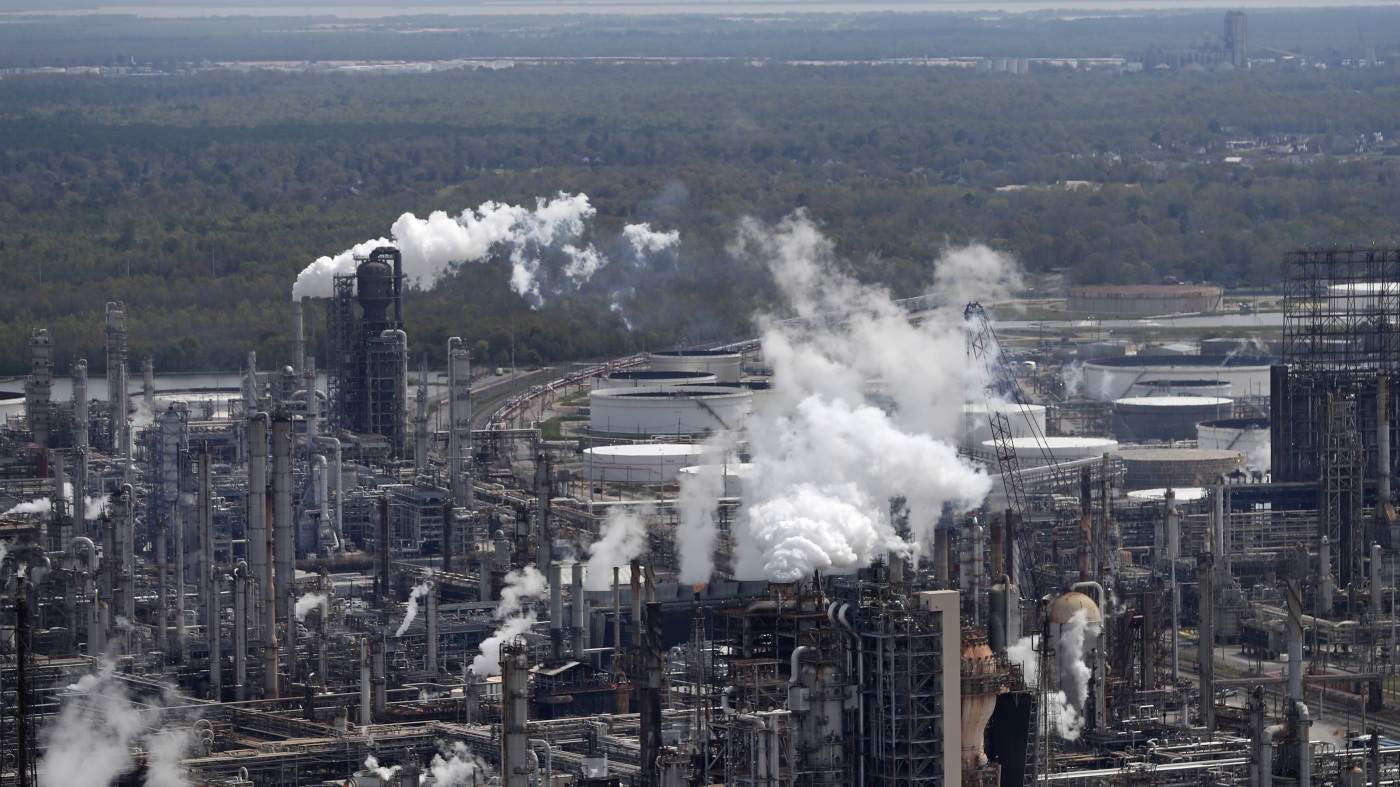The Controversy Over Community Air Pollution Monitoring in Louisiana
Louisiana finds itself at the crossroads of environmental activism and legislative control. Recent movements by community groups aiming to tackle air pollution have sparked political pushback, igniting debates over governance, environmental justice, and the public’s right to independently monitor pollution levels. This report provides a comprehensive examination of the current situation, analyzing the stakes involved, the legislative measures proposed, community responses, and the broader implications for environmental monitoring nationwide.
—
Background: Community Monitoring as a Tool for Environmental Justice
Community-based air quality monitoring has gained traction as a grassroots response to localized industrial pollution, particularly in vulnerable and marginalized populations. In Louisiana’s heavily industrialized “Cancer Alley,” residents have suffered disproportionate exposure to toxic emissions. Community groups, often lacking official resources, have turned to citizen science methods equipped with affordable monitoring devices to collect data and hold polluters accountable.
However, a critical legal hurdle arises from Louisiana’s environmental regulations requiring that only data collected via *federally-approved monitoring equipment* be admissible as evidence in alleging environmental violations. This stipulation directly impacts the ability of community organizations to effectively challenge pollution sources when their devices do not meet these stringent federal standards.
—
Legislative Pushback: Restricting Community-Led Monitoring
Republican lawmakers in Louisiana have recently introduced legislation that tightens the regulatory framework for air pollution monitoring, effectively sidelining community-led efforts. This bill mandates that any monitoring data used to allege violations must come exclusively from state-approved or federally certified instruments. The legislation has profound effects:
– Limits Accessibility: Many community groups cannot easily afford or access federally-approved equipment, curtailing grassroots efforts to document pollution.
– Reduces Independent Oversight: By centralizing monitoring authority, the law reduces transparency and community participation in environmental governance.
– Undermines Data Validity: The bill casts doubt on the legitimacy of citizen-generated data, regardless of its scientific merit.
Advocates argue this approach curtails vital independent oversight and fails to acknowledge the value of community-based data, which often highlights pollution incidents inadequately captured by official monitors.
—
Arguments from Both Sides
Supporters of the Legislation
Proponents claim that requiring federally-approved equipment ensures:
– Data Accuracy and Consistency: Official devices comply with rigorous standards, minimizing false positives or erroneous pollution reports.
– Regulatory Integrity: Uniform data sources prevent potential misuse or misinterpretation by laypersons, streamlining enforcement procedures.
State officials, including the Louisiana Department of Environmental Quality (LDEQ), emphasize their mission to balance environmental protection with economic considerations and caution against allowing unverified data to drive enforcement actions.
Community Advocates’ Perspective
Environmental justice groups and community advocates counter that:
– Current Official Monitoring is Insufficient: State and federal monitors are often too sparse or distant from pollution hotspots to detect localized hazards.
– Citizen Science Fills Critical Gaps: Community data provides timely, relevant insight into real-world air quality conditions affecting residents daily.
– Barriers to Official Equipment are Unjust: The cost and accessibility of federally-approved equipment disproportionately affect marginalized communities.
These groups view the legislation as an attempt to *quash* community efforts under the guise of maintaining “data integrity,” fearing it works against the public interest.
—
The EPA’s Stance and Funding Realities
The U.S. Environmental Protection Agency (EPA) has weighed in with nuanced views. While acknowledging the scientific limitations of community air monitoring—especially that data alone may be insufficient to confirm violations of stationary source emissions—the EPA supports expanding community involvement and funding for local air monitoring projects. Recent federal grants totaling nearly $2.4 million have been allocated to Louisiana-based organizations to enhance air quality monitoring infrastructure in marginalized areas.
This federal support contrasts with state legislative moves that may diminish the utility of such data in enforcement contexts, creating a disconnect between community empowerment initiatives and legislative restrictions.
—
Broader Implications: A Test Case for Other States
Louisiana’s legislative trajectory may foreshadow similar moves in other industrial states wary of citizen-driven environmental oversight. The bill is viewed nationwide as one of the first state-level efforts to formally restrict community air monitoring’s role in regulatory processes.
The tension revealed here taps into broader debates about:
– Who Controls Environmental Data: Centralized regulation versus democratized participation.
– Balancing Economic Development With Health: Industry influence on policy versus protective health measures.
– Evolving Science and Technology: The legitimacy of emerging low-cost sensor technologies versus traditional regulatory frameworks.
How Louisiana resolves these issues will influence environmental justice strategies and state-level policymaking across the United States.
—
Conclusion: Navigating the Crossroads of Environmental Accountability
The dispute over community air pollution monitoring in Louisiana underscores the complex dynamics between grassroots activism, government regulation, and industrial interests. While the state’s insistence on federally-approved equipment for legal claims aims to standardize and legitimize data, it risks silencing the voices of those most affected by pollution.
Finding a middle ground that values community-generated data without compromising monitoring accuracy could enhance transparency, bolster environmental justice, and improve public health outcomes. As technological advancements democratize environmental science, policy must evolve to integrate these tools responsibly—empowering citizens rather than marginalizing them.
The ongoing legislative debate is more than a local issue; it sets a precedent for the future of environmental monitoring and public engagement across the nation. Listening closely to community concerns and scientifically validating their findings can bridge gaps and foster collaborative solutions in the fight for cleaner air and healthier communities.


